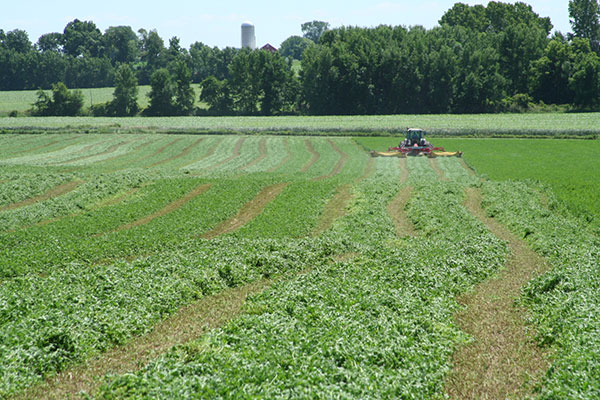
What are the most important factors affecting forage quality? Here are six major ones, listed in alphabetical order:
1. Crop species
2. Environment (during growth)
3. Harvest and storage management
4. Plant maturity at harvest
5. Soil fertility
6. Variety
To frame this discussion, let's consider only mechanically harvested and stored forages that do not include grain (this then excludes both grazed forage and corn silage, which can be ranked separately). How would you prioritize the above six criteria from most to least impact on forage quality? Remember, do not consider yield. Feel free to use the comments section below if you want to put yourself out there.
The idea for this little exercise originates from a Penn State University extension fact sheet. If you'd like to see how your ranking compares to that of Marvin Hall, Penn State forage agronomist, see Putting Forage Quality in Perspective.

